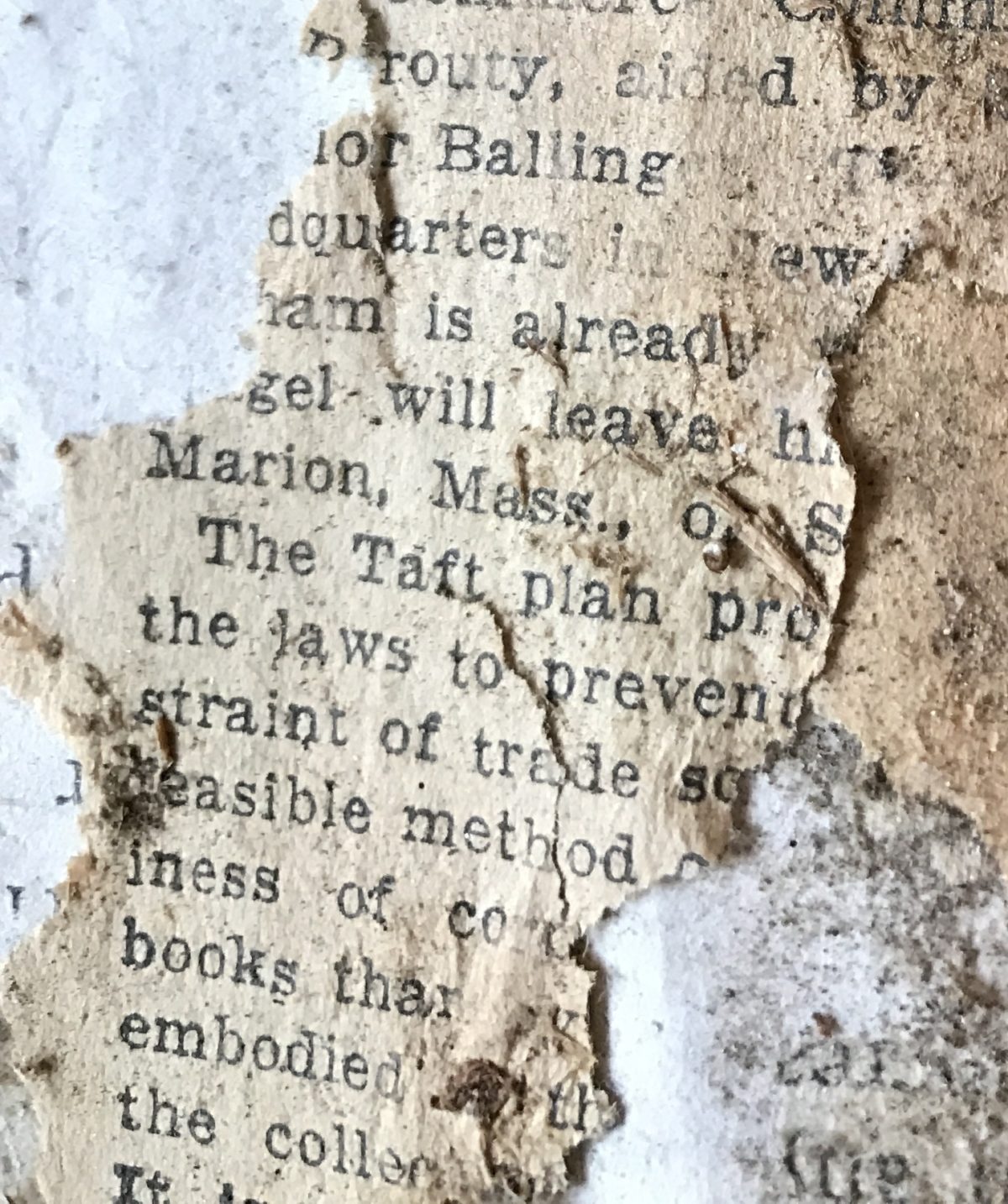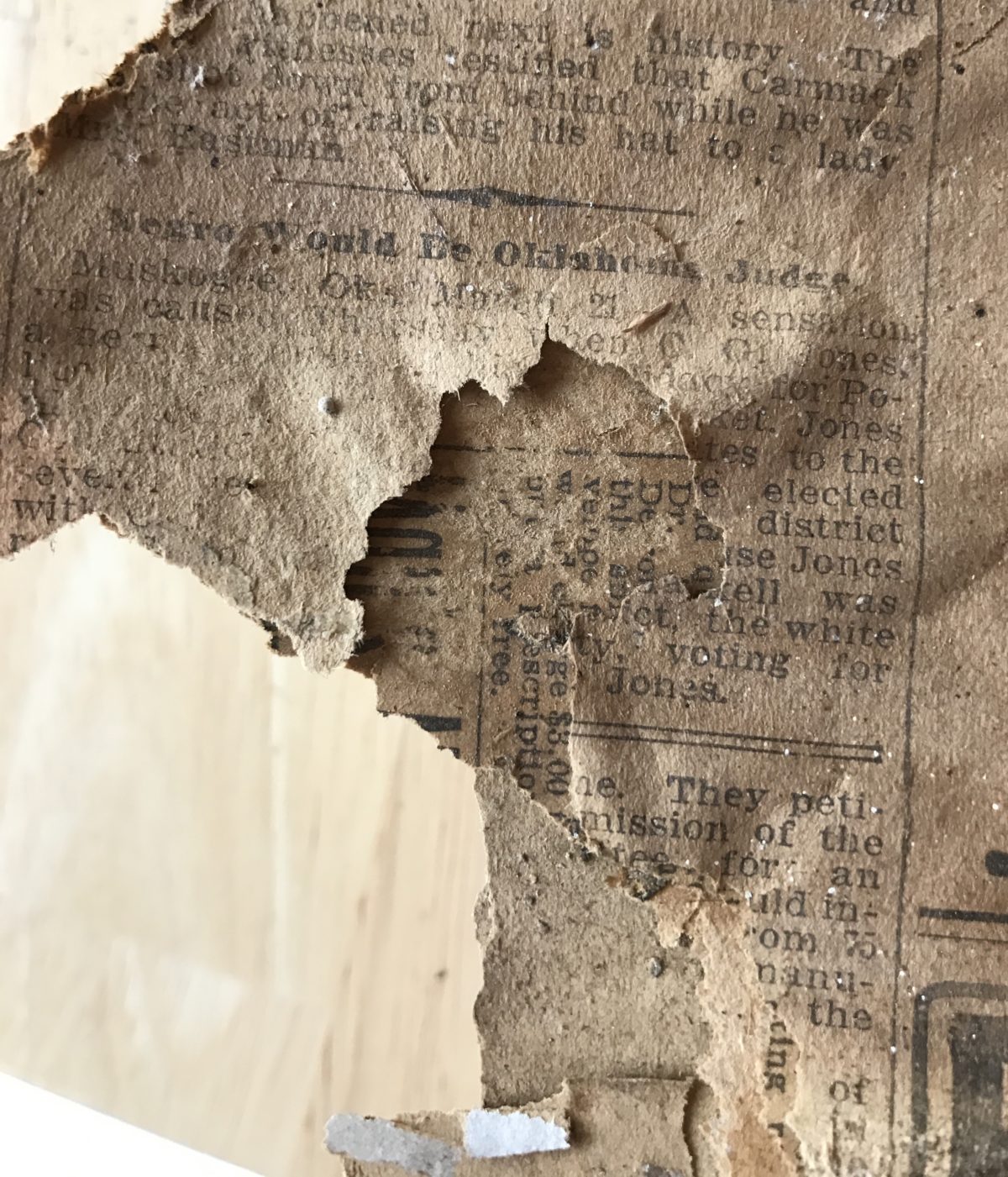I am returning to my blog after a much too delayed period brought on by a combination of work and holidays and I must say sitting here today is a great feeling. I have been thinking often of my work here and have planned in my head and during my hikes and moments on these mountains new things to write about, so readers—be prepared. This entry I hope will share with you what I have begun to call, Fading Appalachian Antiques. And I feel truly blessed to have been able to see, touch, and record them for you before they fade completely away. There is a hillside close by on the family land that contains the first one I want to share with you because in finding and exploring this one special antique I began exploring some truly special Appalachian history.
You see how dilapidated this special old cabin is? You can’t imagine how carefully I approached this historic treasure for fear it may just collapse on top of me! But explore it I did with my husband not too long ago. And what we found inside was as you see in these pictures include old crumbling pieces of newspaper pasted to the ceiling of the main floor. I reached up and pulled down a piece of it and could make out some newspaper print very broken by time and elements but talking of the Taft plan. Layers and layers of paper, so many too faded to read any longer were clinging to the ceiling and walls still standing today.



The Taft Plan: Circa 1909: President Taft was elected and took office in 1909. His “plan” involved his campaign promise to reduce Tariff’s to increase trade with other countries. It was his promise and the House of Representatives and Congress revised it greatly–not quite living up to what the president had hoped for. Still some small reduction in tariffs and improved economic relations with other countries is noted as part of the history of his years in office.

Senator Elvins was elected to the US Senate from Missouri again in 1909. He served a term of two years before attempting an unsuccessful attempt at a second term in 1910. He then returned to Missouri to practice law while remaining active in politics “serving as delegate to the Republican National Convention in 1912; chairman of the State Republican committee 1912-1914”. bioguide.congress.gov
Another sign of the times and culture of America in 1909 is revealed in this headline below. This all too real reminder of our nation’s past is here today in black and white. I could find only that an Oklahoma judge names C. G. Jones did live at the turn of the century but who the “negro judge” in the title was I was unable to find, though I would love to be able to find who the article was referring to. The first black judge nominated in Oklahoma according records was Amos T. Hall. “Judge Hall was the first African American to be elected to a countywide office and the first African American to be elected a judge in Oklahoma.” www.okhistory.org This however was much later in 1969.
There are remnants of Fading Appalachian Antiques scattered all over these mountains. And so often they are passed without notice. I feel this same strong sense of attraction to the old and now silent general stores sitting at the many crossroads in the countryside. Here, let me share with you quotes from works on Appalachian life and culture that offer understanding of just how widespread the newspaper ceilings and walls were.
“How old the house was no one in the community seemed to know. It was there whenever they were just boys. It was a beautiful log house. It had been sealed on the inside with chestnut lumber. There was wainscoting about three feet of the wall and the rest of it was sealed. I might tell you that each spring the ceiling got a new coat of paper. Now the paper was newspapers and of course we’d save papers all year to paper the house with for we only taken the weekly paper so we had to save papers from one year to the next. Now to paper the house we took flour and water, cooked it and made us a paste and that was the way we pasted up the paper. I was sick a good deal during my childhood, so I’d lay in bed, look up at the ceiling and I could read the headlines and the big print on the newspapers. Oh, I guess I read them a thousand times.” (Grillches 2007)
“Alice Slone was born in 1904 and reared on Caney Creek, near Pippa Passes, Kentucky, at a time when people met the chill of winter by papering their walls with old newspapers, magazines, and Sear, Roebuck catalogues.” (Our Appalachia: An Oral History 2015)
“Little attention is given to exterior or interior finish. The walls are roughly chinked with mud and clay, which hardening, crumble out onto the floor. Often they are pasted over with newspapers, varied whenever possible by gaily colored prints cut from flower catalogs or other advertising matter. Such luxuries as smooth floors, closets, and shelves are almost unknown in remote sections.” (Campbell 1921)
I know I can never save each and every one of these from fading completely from view. For me it is painful to see them decaying over the years and to realize that one day they will be gone along with the history they may contain. They are links to our past and rural mountain life. Let me share now with you one or two more Fading Appalachian Antiques. I hope when you next pass on by–you might think about what pieces and echoes of history might be kept inside.



Bibliography
Campbell, John Charles. 1921. In The Southern Highlander and His Homeland, by John Charles Campbell. Publications of Russell Sage Foundation.
Grillches, Diane A. 2007. “An Appalachian Farmer’s Story: Portrait of an Extraordinary Common Man.” In An Appalachian Farmer’s Story: Portrait of an Extraordinary Common Man, by Diane A. Grillches. Mercer University Press.
- “Our Appalachia: An Oral History.” Edited by L., Weinberg, B. Shackelford. University Press of Kentucky.




Leave a Reply